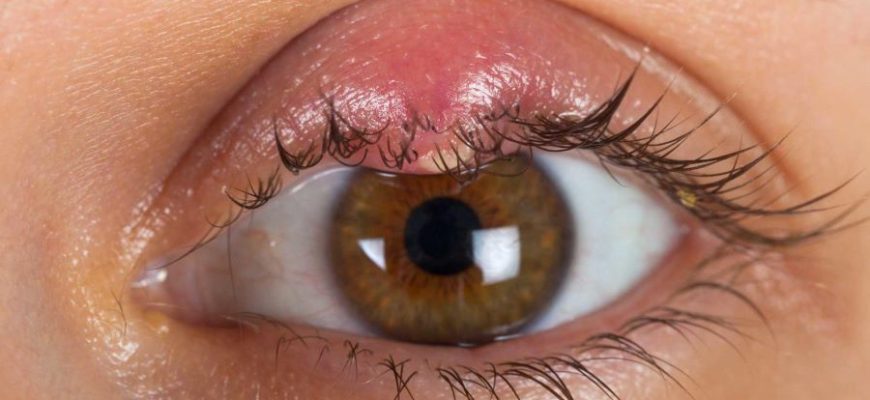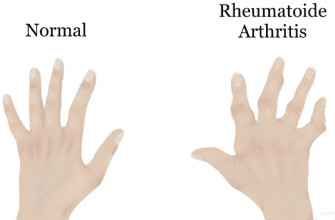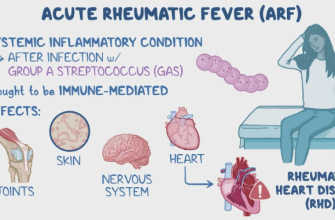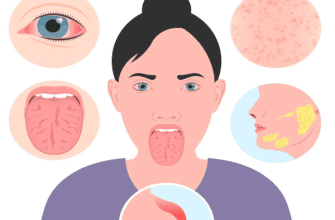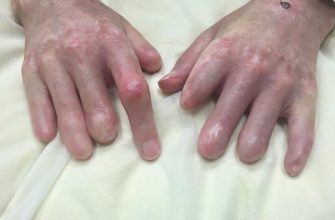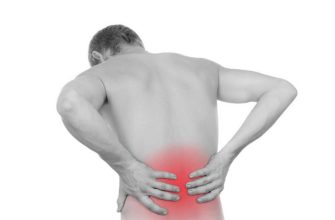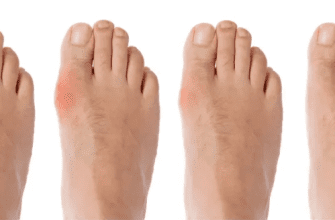What is a Stye?
A stye (hordeolum) is a painful red bump near the edge of the eyelid caused by bacterial infection of oil glands (usually Staphylococcus aureus). It resembles a pimple and often contains pus.
Key Facts (American Academy of Ophthalmology [AAO]):
✔ Affects about 90% of people at least once in their life
✔ Two main types: external (eyelash follicle) and internal (oil gland)
✔ Not usually serious but can be uncomfortable
Types of Styes (AAO)
- External Hordeolum (most common):
- Infects hair follicles at eyelid edge
- Appears as yellow pus-filled bump
- Similar to a pimple
- Internal Hordeolum:
- Infects meibomian (oil) glands
- Swelling occurs inside the eyelid
- Often more painful than external styes
Symptoms (Mayo Clinic)
✔ Red, tender bump on eyelid (usually on one eye)
✔ Swelling of part or all eyelid
✔ Crusting along the eyelid margin
✔ Feeling like something is in the eye
✔ Sensitivity to light
✔ Tearing of the affected eye
Diagnosis (American Optometric Association)
- Visual examination with magnification
- Eyelid evaluation to check gland function
- Rare cases: Culture of discharge if recurrent
Treatment (AAO & NIH)
1. Home Care (Most Effective):
Warm compresses (15 mins, 3-4 times daily)
Gentle massage of the area
Eyelid hygiene with baby shampoo
Avoid squeezing (can spread infection)
2. Medical Treatment:
- Antibiotic ointment (erythromycin or bacitracin)
- Oral antibiotics for severe cases
- Steroid injection for persistent swelling
- Incision and drainage by doctor if large
Prevention (CDC)
✔ Wash hands before touching eyes
✔ Remove eye makeup completely before bed
✔ Replace eye cosmetics every 3 months
✔ Don’t share eye makeup or towels
✔ Manage blepharitis if present
Red Flags: When to See a Doctor (AAO)
Seek medical care if:
- Stye doesn’t improve after 48 hours of warm compresses
- Swelling spreads to entire face
- You develop fever or chills
- Vision becomes affected
- Styes recur frequently (may indicate underlying condition)
